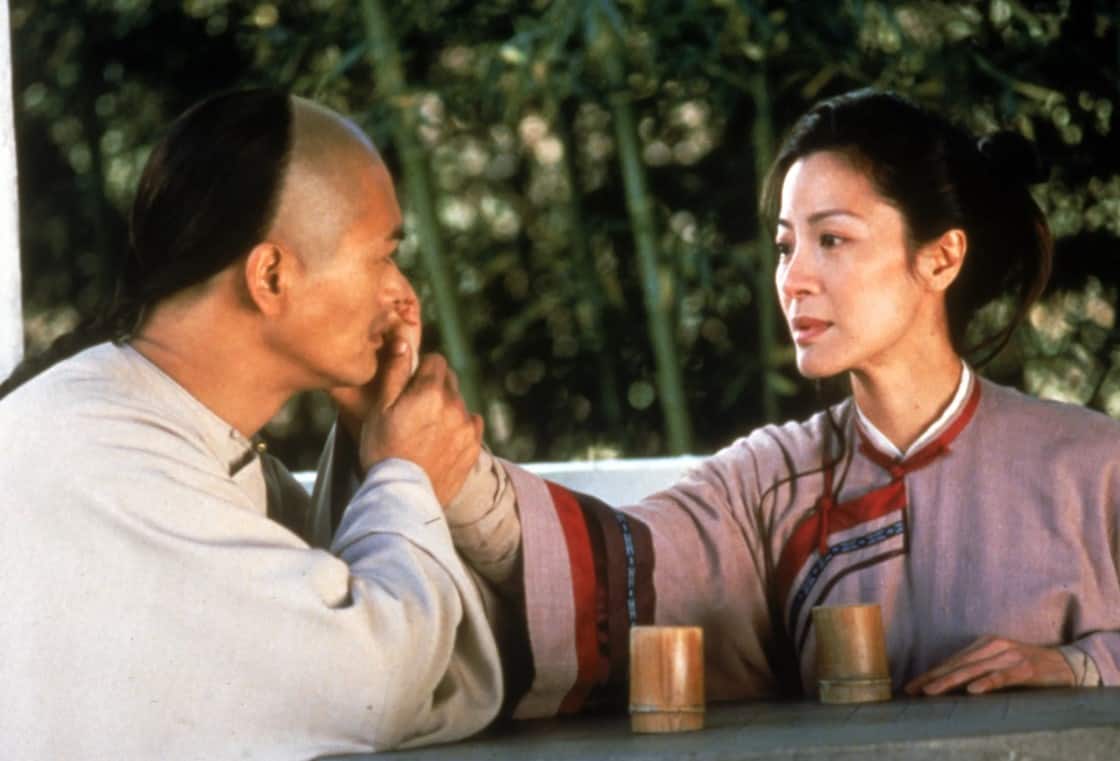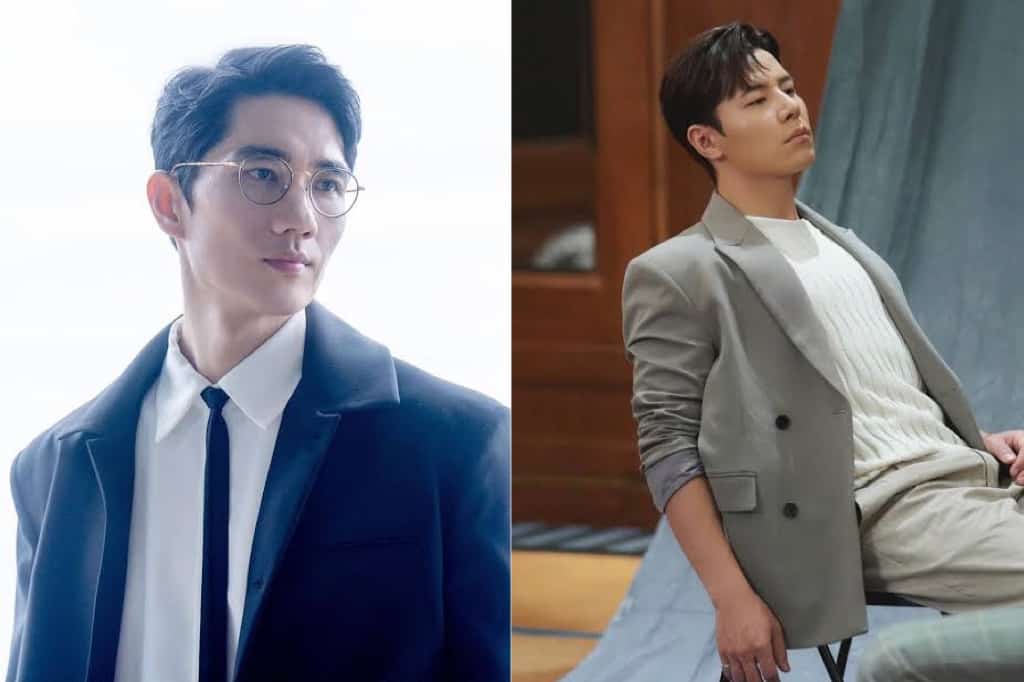In 1929, the Academy Awards were established by the Academy of Motion Picture Arts and Sciences to celebrate global excellence in the film industry. While it had its fair share of detractors over the years, the Academy has managed to navigate through the mire of controversies, especially the touchy topic of racial and cultural representation (case in point: #OscarsSoWhite movement), to stay relevant throughout its illustrious history.
Asian Films have been honoured starting with the 19th edition of the Awards when they were first given as a special honorary prize for the Best Foreign Film released in the USA. Nine years later, the prize became a competitive one and a winner was chosen from within a pool of predominantly non-English nominees.
Seven illustrious motion pictures from within Asia have clinched this top honour but many others, some of which are amongst the most iconic of Asian cinema, have been nominated and acknowledged as well. With Oscar season being well in full swing, it is only suiting to revisit these cinematic gems.
Here in chronological order, is a journey over eight decades, to showcase the charm and range of Asian Cinema throughout the years.
1950s
Achievements in Asian Cinema were largely attributed to the Japanese and Israeli film industries during the early years of the Oscars, with the former celebrating perhaps its golden age during this era.
The first to kickstart the list is a hugely popular Jidaigeki (period drama set during the Edo Period) picture about the ‘He Said, She Said's surrounding the murder of a Samurai in the forest.
1. Rashomon (1950, Akira Kurosawa, Japan)
Won “Best Foreign Language Film” at the 24th Academy Awards

With ingenious cinematography and exquisite storytelling way ahead of its time, “Rashomon” consciously examines human nature and the sacrificial cost of justice. It was the first Japanese film to receive a significant international reception and even spawned a film plot device called the ‘Rashomon Effect'. (Leon Overee)
Rashomon is a must-see for cinephiles, a lesson in cinematic storytelling and presenting a world in disarray. Akira Kurosawa early on in his career delivered a true masterpiece of cinema, which is just as relevant today as it was at the time of its release. (Rouven Linnarz)
2. Mother India (1957, Mehboob Khan, India)
Nominated for” Best Foreign Language Film” at the 30th Academy Awards

An epic Indian drama that was one of the most expensive Bollywood films made at the time, Mehboob Khan's masterpiece is a remake of his earlier work, ‘Aurat' (1940), and is the story of a fiercely independent woman who overcomes the odds to bring up her children in the face of poverty and an absent husband. Nargis, in her leading role as Radha, is a force to be reckoned with, echoing both as a figurehead of the Motherland in its post-independent years and as an almost goddess-like character from Hindu Mythology.
“Mother India”, which is the first Indian film to be nominated for Best International Feature Film, is a searing and revelatory introduction to the Western world of the all-singing, all-dancing cinema of Bollywood and is perhaps one of the greatest cinematic portrayals of a mother's unconditional love and sacrifice for her children or in Radha's case, her nation. (Leon Overee)
1960s
3. Woman in the Dunes (1964, Hiroshi Teshigahara, Japan)
Nominated for “Best Foreign Language Film” at the 37th Academy Awards

“Woman in the Dunes” is essentially an exploration of the meaninglessness of life and draws a sort of parallel with the myth of Sisyphus in its overarching theme of existential crisis throughout the film. The predicament in which we find the schoolteacher and part-time entomologist trapped in, when he is given a place of shelter to spend the night after missing the last bus back to town, chillingly resembles our helpless obligation to continue in our daily monotonous routines without any greater reason than to simply survive. (Shrubaboti Bose)
4. Kwaidan (1964, Masaki Kobayashi, Japan)
Nominated for “Best Foreign Language Film” at the 38th Academy Awards

Based on four ghost stories from books of Lafcadio Hearn, Masaki Kobayashi‘s first effort in the genre and in color film was a huge success, netting him the Special Jury Prize at the 1965 Cannes Film Festival and an Academy Award nomination for Best Foreign Language Film.
Evidently, the context is not of the highest value, with the stories being, in essence, fairy-tales with some didactic elements here and there. However, the reason “Kwaidan” is considered a masterpiece is for Yoshio Miyajima's impervious cinematography, but most of all, for its hand-painted sets, which were built in an airplane hangar, the only space that could contain their vastness.
“Kwaidan” is a film that truly deserves to be watched, not just seen, as a genuine visual poem and a true classic of world cinema. (Panos Kotzathanasis)
1970s
5. The Policeman (1971, Ephraim Kishon, Israel)
Nominated for “Best Foreign Language Film” at the 44th Academy Awards

“The Policeman” is not only one of the most beloved Israeli films, but it is also highly regarded as a great example of the diversity of World Cinema. Shaike Ophir stars (in his career-defining role) as the muddle-headed titular character (Arzulai) in this dramedy that is written and directed by satirist Ephraim Kishon. Like Israel's answer to “Mr. Bean”, Arzulai, is akin to a boy trapped in a man's body as he goes about his day job as a constable sergeant. And like the phenomenal British character, he is a joy to watch but yet an enigma to comprehend.
Ephraim Kishon manages to weave with great effect, a charming mix of humour and tongue-in-cheek social commentary, coupled with an endearingly likeable character in this smart and heartwarming classic. (Leon Overee)
1980s
6. Kagemusha (1980, Akira Kurosawa, Japan)

Nominated for “Best Foreign Language Film” at the 53rd Academy Awards
This time round, it is about a criminal from the lower echelons of society who disguises himself as a renowned daimyo called “Takeda Shingen”, who is slowly rehearsing the curtain call of his long and storied life. To fight off opposing warlords who were quickly gaining ground on new territory, the criminal echoes the battlefield prowess and distinction of his previous lordship.
Aside from its visuals and its leading man, one should also mention the great costume design by Seeichiro Hagakusawa and Kenichi Hagiwara as the real Shingen's son who gives a strong performance as an ambitious young man tired of standing in the shadow of his father, which, if you think about it, is quite ironic. “Kagemusha” is a late work for Akira Kurosawa, but nevertheless, a great achievement. The director tells a story about superstition, hubris, and ambition, and how these aspects can lead to tragic, often fatal consequences. (Rouven Linnarz)
1990s
7. Raise the Red Lantern (1991, Zhang Yimou, China, Hong Kong)
Nominated for” Best Foreign Language Film” at the 64th Academy Awards

Zhang Yimou is no stranger to showing the beautiful qualities of China yet is not afraid to address the darker sides of his country, such as its history, political corruption, or elements of culture.
“Raise the Red Lantern” is an emotionally immersive film that is brilliantly acted and visually breathtaking. Zhang Yimou does not hold back any punches in presenting the movie's dark subtext. Corrupt authority and oppressive traditions take a toll on those imprisoned under inhumane principles. Furthermore, the prisoners' desires to rise in a demoralized hierarchal environment can further pit individuals against one another. Unfortunately, this can result in tragedy. (Sean Barry)
8. Eat Drink Man Woman (1994, Ang Lee, Taiwan)
Nominated for “Best Foreign Language Film” at the 67th Academy Awards

Apart from the great ensemble cast Lee has assembled in his third film, what makes “Eat Drink Man Woman” stand out is the subtle sense of humor and irony in its script. While later efforts by the director, most notable perhaps “The Ice Storm”, carried all of the gravity of the family drama, his Taiwanese films balance the same topics without losing their sense of everyday humor. Especially the various exchanges of Chu and a rather nosy aunt or how his cooking manages to create excitement among the neighbor's kid school serve as much-needed and quite authentic additions to the story.
With “Eat Drink Man Woman” director Ang Lee has made a true masterpiece of the family drama, one which touches its viewer while also including scenes of much entertainment, humor and even sensual delight given the images of the presumably delicious dishes. (Rouven Linnarz)
2000s
The new decade marked the very first time an Asian film won the competitive awards for Best Foreign Film:
9. Crouching Tiger, Hidden Dragon (2000, Ang Lee, Taiwan)
Won “Best Foreign Language Film” at the 73rd Academy Awards

A film that almost needs no introduction, Ang Lee's Masterful Wuxia Epic is the first foreign-language film to break the $100 Million Mark at the US Box-Office. It is universally known as one of the best martial arts films ever made, and one of the greatest pictures that came out of the 21st century.
Set in the Qing dynasty, it is the story of warriors Li Mu Bai and Yu Shu Lien, and the Green Destiny. Li Mu Bai is a renowned warrior who wishes to pass on his sword- The Green Destiny. The one regret that constantly bites him is his failure to avenge the murder of his master. Eventually, the Green Destiny is stolen, and the Jade Fox emerges. This leads Li Mu Bai to confront the duo of Jen and the Jade Fox to try to take back his sword.
In addition to the teacher-student relationship, we also get a look at the effects of revenge, cowardice, and sacrifice in Ang Lee's timeless cinematic gem. A lesson that audiences can take away from here apart from the understanding of its title, is that it is the warrior who is the skilled one and not the weapon. (Guest Writer)
10. The Twilight Samurai (2002, Yoji Yamada, Japan)
Nominated for “Best Foreign Language Film” at the 76th Academy Awards

“The Twilight Samurai” is a thoughtful period and family drama, a tale about the point of fighting and risking your life for authorities who do not care for you in the first place. Yoji Yamada's feature has been rightfully hailed by many as one of the masterpieces of the genre, especially because of its themes and characters as a reflection of the times and even Japanese society today. (Rouven Linnarz)
















